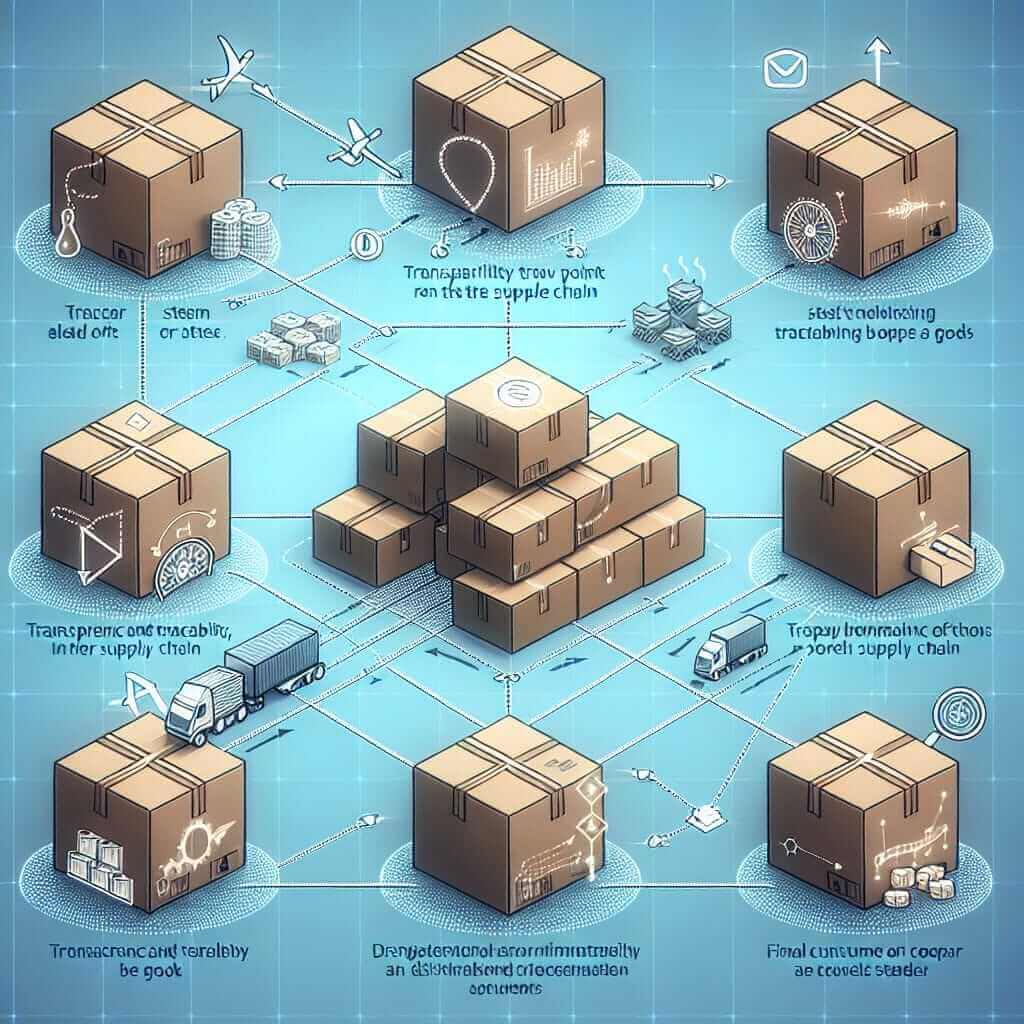The IELTS Reading section is a challenging part of the exam that tests your ability to understand and process information quickly. Topics often cover a broad range of subjects, including technology, economics, and international trade. One increasingly popular and relevant topic is “How is blockchain technology transforming global trade practices?” Given the evolving nature of technology and global trade, this topic is likely to recur in IELTS exams.
Blockchain technology is revolutionizing various sectors, including global trade practices. As a topic, the global trade transformation through blockchain technology has shown increasing frequency in recent reading examinations, reflecting its growing relevance in today’s world. Understanding this complex subject can be immensely helpful for your IELTS Reading preparation.
Nội dung chính
Đề thi Reading mẫu
Text: Hard Text
Blockchain technology, originally devised for the digital currency Bitcoin, has evolved enormously and now promises to revolutionize global trade practices. The technology, which allows digital information to be distributed but not copied, has been called “the backbone of a new type of internet.” By allowing digital information to be distributed but not copied, blockchain technology creates the backbone of a new type of internet.
The impact of blockchain on global trade can be profound. For one, it brings transparency and efficiency to supply chains. Each transaction and movement of goods can be recorded on an immutable ledger, viewable by all relevant parties. This reduces fraud, speeds up transactions, and minimizes paperwork.
 Blockchain in Supply Chain
Blockchain in Supply Chain
Blockchain also facilitates faster payment mechanisms. Traditional international trade transactions often involve a complex web of intermediaries, resulting in delays and increased costs. Blockchain technologies, particularly smart contracts, streamline these processes by automating the execution and validation of contract terms, thereby reducing the need for middlemen.
Moreover, blockchain’s decentralization feature ensures better security. The data stored on the blockchain is highly secure due to its cryptographic nature. Hacking a decentralized blockchain is extremely challenging, thus providing a more secure way to store and transfer sensitive information.
However, challenges remain. The technology is still in its nascent stage and requires widespread adoption and standardization to realize its full potential. Governments and regulatory bodies need to create frameworks that support blockchain integration with traditional systems. Additionally, blockchain faces technological barriers such as scalability and energy consumption, which need addressing.
In conclusion, blockchain technology holds significant promise for transforming global trade by improving transparency, efficiency, and security. While challenges remain, the continued evolution and adoption of this technology are poised to make substantial impacts on how global trade is conducted.
Câu hỏi
Identifying Information (True/False/Not Given)
- Blockchain technology was originally created for digital currency.
- Blockchain allows digital information to be copied.
- Blockchain can reduce fraud in supply chains.
- Blockchain increases the need for intermediaries in international trade.
- Data on blockchain is more secure because of its decentralized nature.
Matching Headings
Match the following headings to the correct paragraphs:
A. Challenges Facing Blockchain Technology
B. Blockchain’s Role in Supply Chain Transparency
C. The Origin and Evolution of Blockchain
D. Blockchain and Payment Mechanisms
E. Conclusion and Future Prospects
- Paragraph 1
- Paragraph 2
- Paragraph 3
- Paragraph 4
- Paragraph 5
- Paragraph 6
Đáp án
Identifying Information (True/False/Not Given)
- True – “Blockchain technology, originally devised for the digital currency Bitcoin…”
- False – “…distributed but not copied…”
- True – “…reduces fraud, speeds up transactions, and minimizes paperwork…”
- False – “…reducing the need for middlemen.”
- True – “The data stored on the blockchain is highly secure due to its cryptographic nature…”
Matching Headings
- C. The Origin and Evolution of Blockchain
- B. Blockchain’s Role in Supply Chain Transparency
- D. Blockchain and Payment Mechanisms
- None – (This paragraph is part of the combined answer with the subsequent paragraph)
- A. Challenges Facing Blockchain Technology
- E. Conclusion and Future Prospects
Bài học
- Misinterpreting information: Pay close attention to words like “but not” to understand negations properly.
- Overlooking details: Ensure you read every sentence to capture that some statements may have two parts that contrast or clarify the earlier part.
- Skimming: Effective skimming and scanning techniques can help locate and validate information quickly.
Từ vựng
- Transparent (adj) /ˈtrænspərənt/ – dễ hiểu, dễ nhận biết.
- Intermediaries (n) /ˌɪntərˈmidiˌɛriz/ – người trung gian.
- Immutable (adj) /ɪˈmjuːtəbl/ – không thể thay đổi, bất biến.
- Cryptographic (adj) /ˌkrɪptoʊˈɡræfɪk/ – thuộc về mật mã.
Ngữ pháp
Relative Clauses
- Definition: Clauses that provide additional information about a noun.
- Form: Relative pronoun (who, which, that) + subject + verb
- Example: “Blockchain technology, which allows digital information to be distributed but not copied, is revolutionizing global trade.”
Lời khuyên
- Practice Regularly: Consistently read articles about blockchain and global trade to familiarize yourself with the vocabulary and themes.
- Enhance Skimming Skills: Practice skimming techniques to quickly identify the main idea of each paragraph.
- Strengthen Vocabulary: Augment your vocabulary by noting down and learning new words you come across during reading exercises.
- Answer Practice Questions: Regularly practice different types of reading questions under timed conditions.


